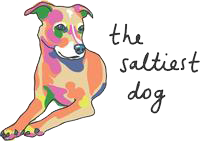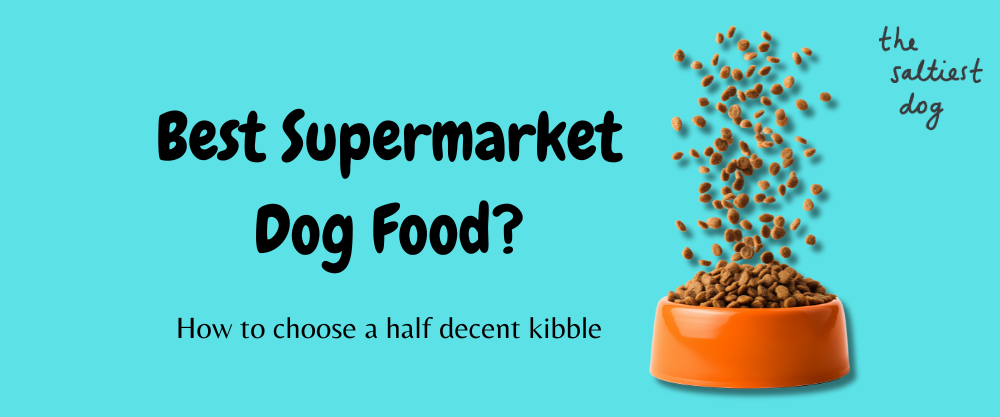A Guide to Choosing a Supermarket Kibble (If You Really Have To)
Let’s be real - anything from the supermarket for pets to eat isn’t usually meeting the gold standard of nutrition. If you know me, you’ll know I’m always going to recommend fresh, species-appropriate food first. But sometimes life happens: you’re caught out, you’re on a budget, or you need something quick. And if you have to grab a bag of kibble from the supermarket, there are some simple rules that can help you choose the “lesser of all the evils” option!
Here’s what to look for (and what to avoid):
What to Look For
1. Meat as the first ingredient
The very first ingredient listed should be an identifiable meat (e.g., chicken, beef, lamb) - not “meat meal,” “animal by-products,” or something vague like “poultry.” There also shouldn't be too much "and/or" going on (like beef and/or lamb and/or chicken etc). Ingredients are listed in order of weight, so if the first thing on the list isn’t meat, that bag goes straight back on the shelf.
2. Shorter ingredient lists
The fewer unnecessary extras, the better. A kibble with 5–10 core ingredients is far better than one with a paragraph of fillers, additives, preservatives and powders.
What to Avoid
1. Long lists of cheap fillers
If the second, third, fourth ingredients are things like wholegrain cereal, tapioca, corn, wheat, barley, sorghum, soy, pea flour or potato starch, that’s a red flag. This means the food is bulked out with carbohydrates and plant proteins instead of quality animal protein.
2. Palatants, humectants, and preservatives
These are usually buried toward the end of the list and might look like:
- Palatants (used to make the food smell and taste better than it really is)
- Humectants (like propylene glycol -keeps kibble moist but not in a good way)
- Preservatives (BHA, BHT, ethoxyquin - all things you don’t want your dog eating)
If you see them, put the bag down.
3. Fancy marketing claims
Ignore the “grain-free,” “complete and balanced,” or “vet recommended” labels. Ignore the glossy pictures of meat and vegetables on the front. All of that is marketing. The only thing that matters is the ingredients list.
How to Read the Ingredients List
Here’s a simple trick:
- Read the first 5 ingredients only. If you see real meat and not a long list of grains, you’re on the right track.
- If you need to squint to read all the chemical names, it’s a hard no.
The moral of the story is...
Supermarket kibble is rarely going to be your dog’s best option - but if you need to buy it, you can at least choose a bag that isn’t packed with fillers and additives. Meat first, fewer ingredients, no chemical extras. That’s your checklist.
And when you can, swap back to fresh food. Your dog’s body will thank you for it.

